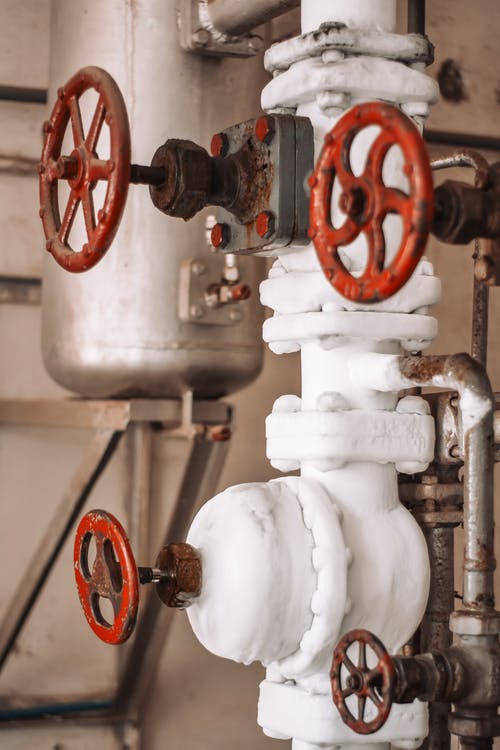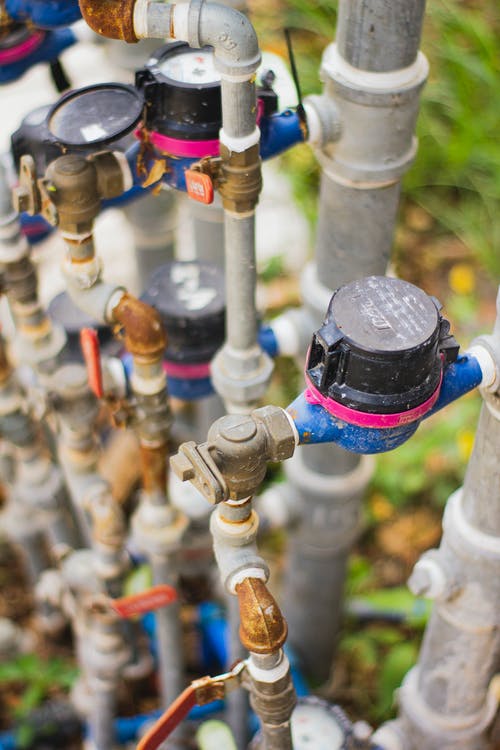Different Types of Water Pumps Used in Construction

Water pumps are widely used on work sites to dewater or drain excessive water build-up. Water can accumulate due to heavy rains or high-water tables, and motors allow you to transfer water quickly to reduce downtime. Water pumps appropriate are available in two main forms and can be electrical, gas-powered, manual or hydraulic.
Water Pump Types
There are two main types of fluid pumps: positive and centrifugal. Both systems are designed to consistently transfer water from one location to another.

The centrifugal pump uses a revolving impeller to transfer water into the system and compress the flow of the discharge. Centrifugal water pumps come in a variety of different styles, including regular, waste and submersible versions. Most liquids can be circulated with centrifugal water pumps, including those with low viscosity. These devices operate well with thin liquids and give a good flow rate.
Positive displacement pumps have a fixed volume of flow via the mechanical contraction and relaxation of the dynamic diaphragm. Positive displacement pumps are used for a wide range of industries that handle high-viscosity liquids and where delicate particles may be found. It is suggested for applications needing a balance of minimal flow and strong pressure. Large scale pump suppliers in NSW and most parts of Australia can easily be found.
Considerations for Centrifugal Water Pumps
In addition to draining, centrifugal pumps are often used in building and water supply projects. They are used for pumping water sources in structures and are compliant with pneumatic machines and do not need a suction lift. They are often used to pump water from residential wells and to raise the pressure in fluid intake lines. Centrifugal pumps could provide a continuous source of pressure for fire suppression systems and can act as sump pumps in either vertically or horizontally setups.
Centrifugal pumps are vulnerable to a few common issues. Some pumps can need to recirculate liquid to avoid overheating due to low flow. In order to operate properly, centrifugal pumps must be prepared or loaded with compressed air.If the system’s positive suction head is too low for the specified pump, it may result in cavitation, a phenomenon in which air pockets form near the rotor, leading to shock waves within the pump. At the end of the day, the deterioration of the pump impeller can be intensified by suspended solids in the liquid.

Considerations for Positive Displacement Water Pumps
Positive displacement water pumps, also referred to as rotational pumps, are very effective because they drain air from the pipes and thereby eliminate the need to leak the air. These devices are also successful for handling high-viscosity liquids.
The primary downside of positive displacement pumps is that they demand very little separation between the revolving pump and the outer part of the machine. As a consequence, rotation must take place at very slow speeds. If the pump is controlled at higher speeds, the liquids can erosion and ultimately reduce the output of the water pump.